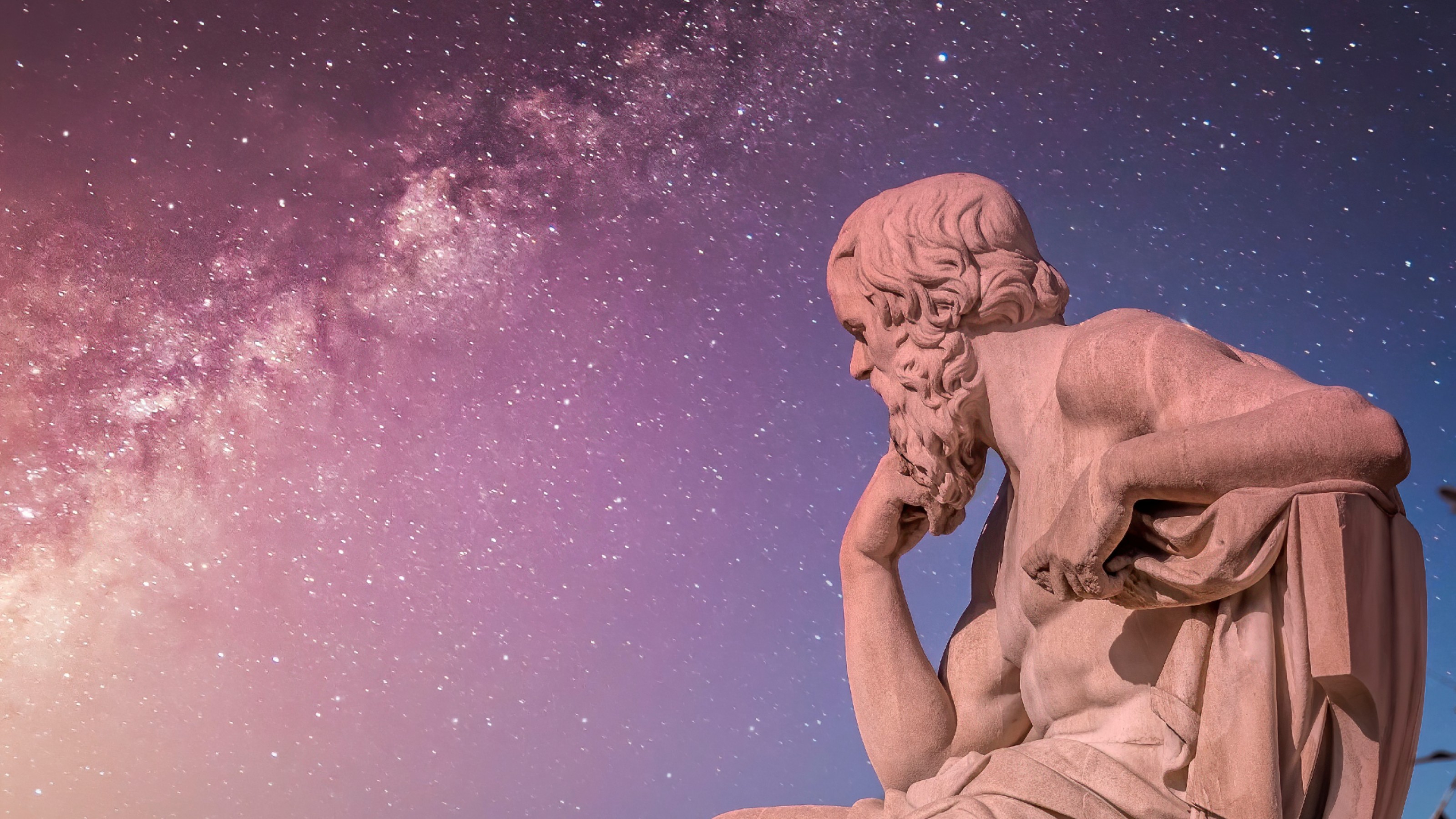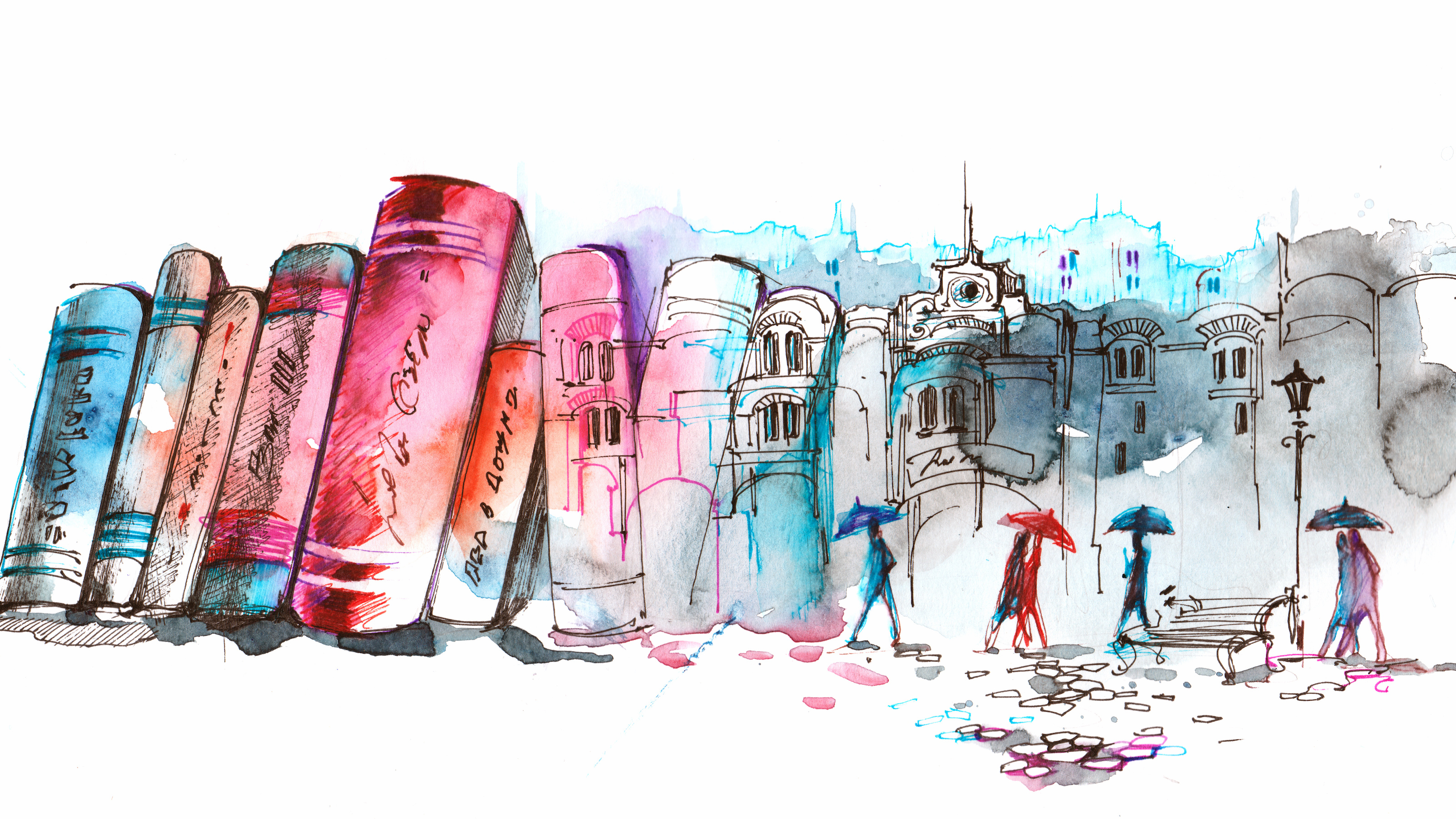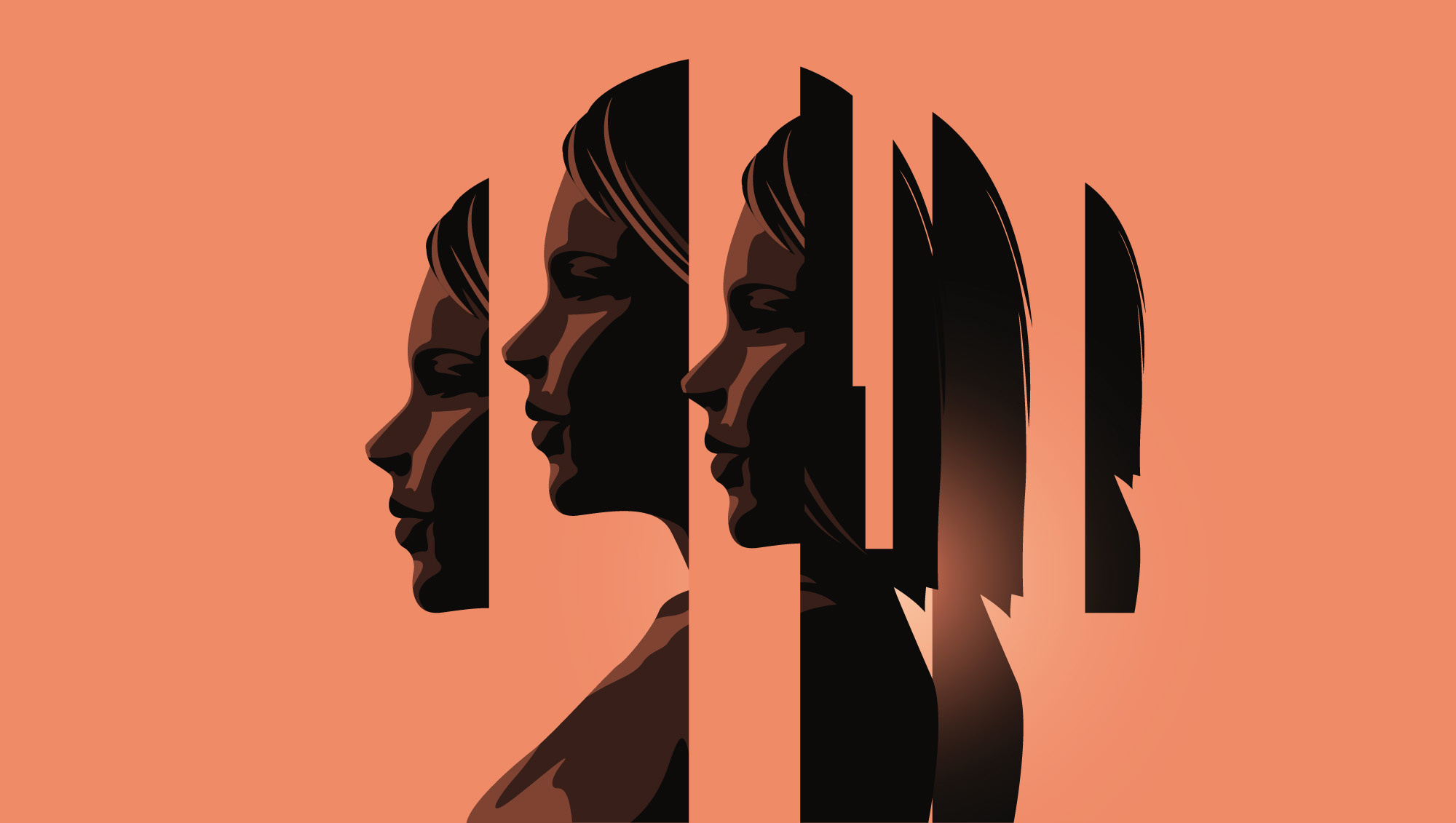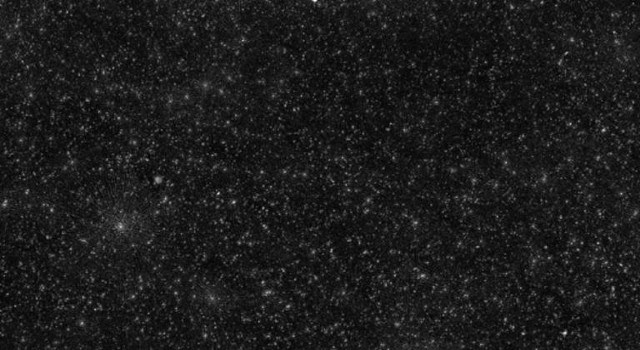Can cats teach us the meaning of life?

Credit: New Africa / Adobe Stock
- In “Feline Philosophy,” philosopher John Gray argues that self-awareness isn’t the epitome of evolution—and it leads to suffering.
- Gray investigates Pascal, Spinoza, and Lao Tzu to understand why humans are so uncomfortable with themselves.
- Whether or not humans aspire to become like cats, Gray says nature teaches us the lessons felines inherently know.
There she lies, basking in the sunlight sliver that creeps through the kitchen window every morning around this time. What thoughts must run through her feline brain as she curls to lick a paw or turn an ear toward the garbage truck barreling down the street? The complexities of karma, her pending mortality, the bitcoin downturn?
Rubbish, all of it. Time, karma, mortality (and definitely bitcoin) don’t enter her consciousness, or so claims English political philosopher John Gray. The former London School of Economics and Political Science professor has written influential books on global capitalism (bad) and atheism (good). Now he trains his sights on our most profound teachers—so profound they have no concern over whether we learn a thing from them or not.
In “Feline Philosophy: Cats and the Meaning of Life,” Gray writes,
“Humans cannot become cats. Yet if they set aside any notion of being superior beings, they may come to understand how cats can thrive without anxiously inquiring how to live.”
The bulk of Gray’s fantastic book does not concern cats, however. They offer an aspirational model, certainly, yet Gray focuses on humanity’s insatiable (and predominantly fruitless) attempts at happiness and our inability to reckon with the illusion of morality. Unlike the modern rebranding of eastern practices as a salve for suffering, he points out that Taoism, in particular, has always been more pragmatic than metaphysical.
Referencing Lao Tzu’s straw dog commentary on the basic irrelevance of humans—at best, we’re not special—Gray writes,
“The universe has no favourites, and the human animal is not its goal. A purposeless process of endless change, the universe has no goal.”
John Gray: Cats, Humans and the Good Lifewww.youtube.com
Cats, like humans and all other animals, do have goals: food, sex, shelter. Certainly not existential distress. Gray notes that the technological fervor dreamed up by transhumanists in their quest for disembodied consciousness is nothing more than a Theosophical fever dream. We haven’t really traveled as far forward as our self-appointed credit pretends.
Humans are not designed to understand the complexities of the universe, nor even of our own biology. Even the notion of morality, as often marketed by religious traditions, is a farce, since people are only really “expressing their emotions.” The only recourse we have for discussing emotions—physiological changes that disrupt homeostasis and warrant explanation—is language, and language is a powerful but limited mechanism for discussing reality.
And what is reality again?
She turns onto her back to expose her belly to the sunlight.
Metacognition, often championed as the great divine upgrade elevating humans above the pack (instead of, say, opposable thumbs, group fitness, or an incomprehensible ability to inflict violence), is actually the “chief obstacles to a good life,” as Taoists phrase it.
Gray leans heavily on a number of thinkers—Aristotle, Hume—but the minds of Pascal and Spinoza prove most feline. Pascal knew sitting silently in a room is harrowing—pre-smartphone! We need diversions, he knew, endless entertainment and amusements to distract a mind as uncomfortably matched to its environment as our own.
Spinoza is the most Taoist of Western thinkers. Gray finds solidarity between Lao Tzu and ol’ Benedict in the latter’s notion of conatus, “the tendency of living things to preserve and enhance their activity in the world.” Sadly, our enhancements cost the weight of the world. Despite what we believe, other animals don’t aim to become more human-like, nor did evolution finalize its process with us. Other species have little problem becoming what they are. That’s a uniquely human deficiency.
Humans, Gray writes, find actual fulfillment by applying a “Spinozist-Taoist ethic.” We can actually be happy by being ourselves.
“A good life is not shaped by their feelings. Their feelings are shaped by how well they have realized their nature.”

Photo: ViRusian / Adobe Stock
In the end, we become like cats thanks to an indifferent world. Only humans invent stories that reflect reality not whatsoever. Our brains chronically fill in knowledge gaps; those gaps often offer incorrect assessments. Existence is conditional to our environment regardless of how we try to manipulate it in our favor. You can only exploit nature for so long before she grows bored or angered by our tinkering—but there we go assigning human traits to a process that will never play by our rules.
This the cat knows—by not knowing, or caring, at all.
Despite the persistent myth, cats do display affection; they can learn to love their human roommates. Do our three cats climb into bed with my wife and me every night out of comfort or simply to keep warm? Irrelevant. Humans are conditional animals too. At least cats don’t confuse pragmatism with emotion. They’re content with what comes. We are not.
“If cats could understand the human search for meaning they would purr with delight at its absurdity. Life as the cat they happen to be is meaning enough for them. Humans, on the other hand, cannot help looking for meaning beyond their lives.”
Gray offers a prescription for our duress. His ten feline commandments are ultimately for us; cats would use the pages for litter if given the opportunity. Consider the following three cliff notes for the anxious animals that we are. The irony: to achieve them you need to stop trying to achieve them—another paradox cats have no issue embodying.
- Do not become attached to your suffering, and avoid those who do.
- Forget about pursuing happiness, and you may find it.
- Beware anyone who offers to make you happy.
—
Stay in touch with Derek on Twitter and Facebook. His most recent book is “Hero’s Dose: The Case For Psychedelics in Ritual and Therapy.”





